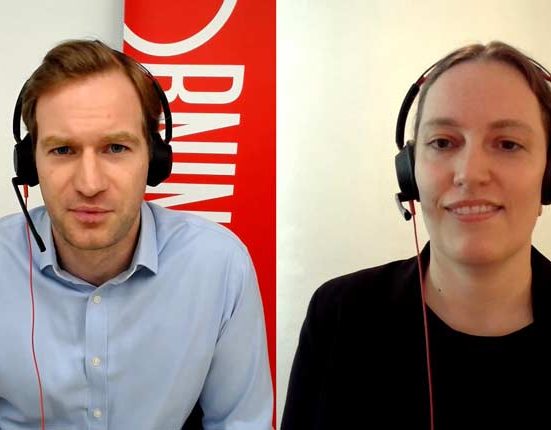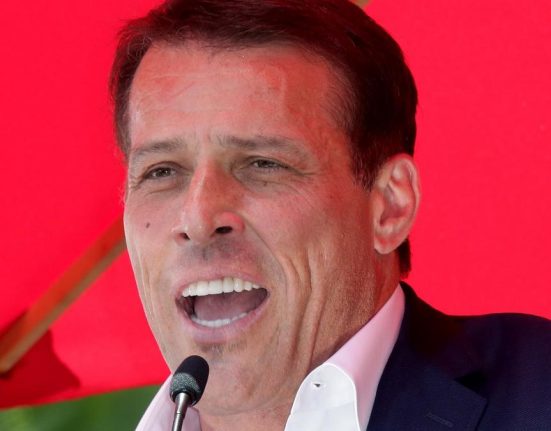Tune in to your favorite news outlet during an election year, and you’ll likely hear the expression “All politics is local.” Made famous by former Speaker of the House Tip O’Neill, the quote emphasizes the importance of keeping track of local constituents’ perspectives on the relevant issues of the day.
It’s also considered table stakes for elected representatives who want to keep the folks back home satisfied with their overall job performance. Incidentally, O’Neill served his own constituents in the 8th and 11th districts of Massachusetts for 34 years, from 1953 to 1987.
But when it comes to income investments, current consumers seem to prefer options beyond their boroughs and state lines. Inflows into taxable bond funds outpaced municipal bond funds by more than a 4-to-1 margin ($8.5 billion to $1.9 billion, respectively) through the week of Jan. 10 of this year, according to data from the Investment Company Institute. ICI data also reflects that from 2000 to 2022, the average year-end investments in investment-grade, taxable-bond mutual funds relative to national municipal bond funds were nearly $1.3 trillion and $365 billion, respectively.
That’s like getting picked last to play kickball on the playground for three or four days each week throughout your entire tenure in school, and summer camps, too.
And who can blame investors for their aversion to municipal bonds over the last few years? The U.S. municipals index plummeted 8% as the Federal Reserve hiked rates in 2022, and had an annualized return of -0.26% over the last three years through the end of 2023, according to data from S&P Global.
Still, some leading investment managers and analysts suggest it’s time for investors to come back home to municipal bonds. “After two tumultuous years, we expect a municipal market recovery in 2024,” says Robert DiMella, executive managing director, co-head of MacKay Municipal Managers.
DiMella believes many skilled portfolio managers this year will “prioritize the fundamental facts over the headlines, recognize the strength of municipal credit and look to capture the opportunities in the high-yield municipal market.”
Cormac Cullen, co-portfolio manager of Fidelity Municipal Core Plus Bond Fund, adds, “Investing is an unpredictable art, so I think it is important not to overlook the opportunity to lock in higher tax-exempt yields on municipal credits with fundamentals ranging from stable to improving.”
Here’s what you need to know when deciding whether to invest in municipal bonds in 2024:
History points to a comeback narrative for municipals as an asset class. New York Life has found that, since 1994, municipals have often experienced double-digit returns in the subsequent 12 months after five of the last seven drawdowns. For example, following the drawdowns of the financial crisis in 2008 and the COVID-19 pandemic in 2020, municipals bounced back by 19.85% and 13.14%, respectively.
The bulk of municipals’ comeback story is linked to how aggressively the Fed may reverse course on rates over the next 24 months. “The market consensus is for six rate cuts in 2024, starting in March. Our fixed-income team is of the opinion there will be only three rate cuts in 2024, which will not start until the second half of the year,” says Jim Conn, portfolio manager, municipal bonds, at Franklin Templeton Fixed Income.
Franklin Templeton’s macro research team believes the U.S. economy is stronger than market consensus, which means the Fed may not cut rates as much, and as rapidly, as the markets expect this year.
Why would a decline in rates lead to an increase in municipal bond demand? Because when yields fall from a peak, demand for muni bonds tends to increase because their returns are greater. (Yields and bond prices move in opposite directions.)
So in an ideal scenario, you’re buying a municipal bond at a near-peak yield and then benefiting from an increase in the price of the bond as well as its tax advantages.
The demographics regarding who typically owns municipal bonds and why they are attracted to municipals are relevant here. According to Municipal Bonds for America, 72% of municipal bonds are owned by individuals directly or through mutual funds or exchange-traded funds, three-fifths of whom are over age 65. And with a remarkable default rate of only 0.16% (for all rated bonds according to Moody’s) from 1970 to 2020, stability is the chief reason investors have been attracted to municipal bonds. By comparison, corporate bonds defaulted at a rate of 10.55% in the same time frame.
There are nearly 10,000 individuals who turn 65 each day in the U.S., according to the U.S. Census Bureau. Plus, there will be an estimated 73 million baby boomers (individuals born between 1946 and 1964) who are at least age 65 by 2030. These demographic trends are supportive of municipal bond investments.
Also, the Tax Cuts and Jobs Act, which reduced personal income tax rates, went into effect in 2018 and will expire in 2025. If marginal tax rates increase in the coming years, then that could serve as a tailwind for municipals as an asset class.
Conn agrees that factors such as demographic trends and future tax collections may benefit municipal bonds in the coming years. He comments, “The sentiment of taxing the wealthiest of Americans seems to be an unstoppable trend. Wealth is positively correlated to age, and age is positively correlated to investments in municipal bonds. These two factors should drive positive municipal bond returns.”
For now, Cullen adds, “The value of the tax exemption is greater when yields are higher, and yields are higher (at the beginning of 2024) than at any time in the last decade. Furthermore, municipal to corporate ratios are generally favorable, which lends a strong backdrop for municipals.”
One key decision point for municipal investors is whether the tax-equivalent yield from municipal bonds is attractive relative to taxable alternatives, such as corporate bonds. As of Dec. 31, 2023, the investment-grade municipals index offered investors a tax-equivalent yield of 5.43%, which outpaced the U.S. corporate index yield of 5.06%. In the same time frame, the high-yield municipals index had a tax-equivalent yield of 9.4%, compared to nearly 7.6% from the high-yield corporate index, according to Bloomberg data. (These tax-equivalent yield calculations include the 37% top federal marginal income tax rate, plus a 3.8% net investment income tax to fund Medicare.)
Nuveen, a TIAA company, maintains yields for municipals remain attractive despite a strong rally in November 2023. The company believes demand for municipal bonds could increase in 2024 as investors gain conviction that the Fed has ended its rate hikes. Nuveen expects the Fed to cut rates by 150 basis points in 2024.
Because yields have recently improved among municipal bonds, investors no longer have to stretch for competitive income from lower-quality investments. And if valuations among municipals snap back as they have in the previous three decades, investors’ source for competitive, total returns may also be closer to home.







